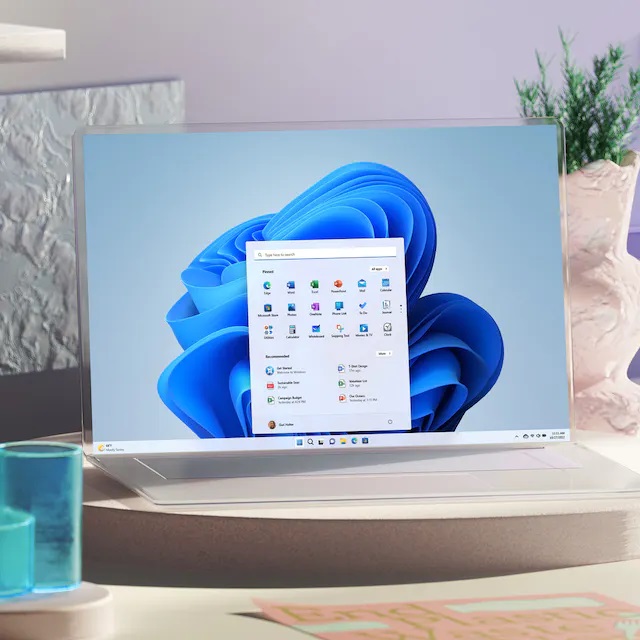In March 2018, Microsoft did a major reshuffle, combining half of its Windows division into Azure and the other into Experiences & Devices (E&D). This split essentially brought the core of the Windows platform to Azure and the front-facing elements such as the UX into E&D. Microsoft Azure uses a “semester” development cycle, which means it has separate development sections with each semester using a codename from the periodic table. These semesters run from January to June and from July to December. Back to the introduction of Zinc development for Windows 11, Microsoft has been teasing the shift since November. Nearly a month went by without a Windows preview landing in the Dev Channel on the Insider.
Changing Tactics
Windows 11 build 25247 has also dropped for clients, the first build that kicks off the Zinc semester. As for why the Copper cycles lasted so long, it seems this is to do with Microsoft’s shift in how it delivers Windows updates. Windows 11 will continue to receive one major update per year. However, Microsoft will also now roll out smaller feature updates once every three months. These are known as Windows 11 Moments updates and the platform has already received one. Tip of the day: The Windows Clipboard history feature provides the functionality across device, space, and time, letting you copy on one computer and paste the text days later on a different PC. All of it is possible via the Windows 10 clipboard manager, which lets you view, delete, pin, and clear clipboard history at will. In our tutorial we show you how to enable the feature, clear clipboard history, and enable/disable clipboard sync to meet your preferences. You can also create a clear clipboard shortcut for quick removal of stored content.




